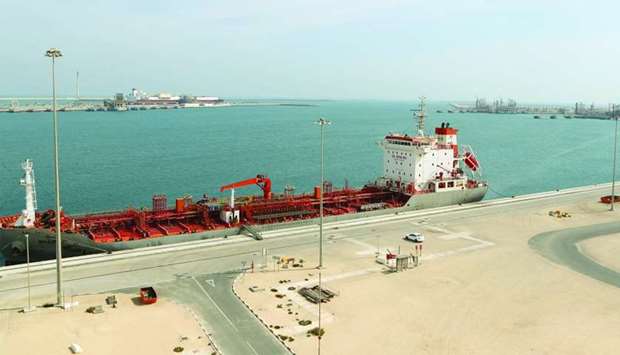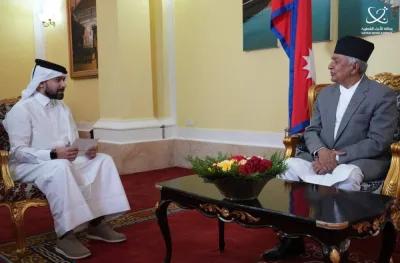Qatar economy will see further improvement in the medium term; Oxford Economics said and noted the country’s GDP growth is seen averaging 2.9% in 2021-22.
Key factors behind Oxford Economics' near-term projection on Qatar economy include some recovery in crude production, hydrocarbon sector gains because of gas prioritisation, fading weakness in non-hydrocarbon sector, supportive budget spending, sound banking sector, subdued inflation and efforts to revive tourism.
The economy should gradually recover over the course of 2020, when Oxford Economics forecasts growth of 2.3%, with further improvement in the medium term, amid ongoing investment ahead of the World Cup 2022 and a rise in gas production.
Oxford Economics see some recovery in the country’s crude production in 2020.
“Crude oil output rose just 0.1% in 2018 and we think it declined by 0.2% in 2019. Industrial production fell in Q4, 2019 and nominal exports contracted throughout the year. With external demand risks diminishing, we retain our projection for oil output in 2020 of 615,000 barrels per day, above the levels achieved in 2018 and 2019,” it said.
Oxford Economics said Qatar’s hydrocarbon sector stands to gain as gas is prioritised. The lifting of the moratorium on North Field gas projects will have a positive medium-term impact, with LNG capacity now seen growing by almost 65% to 126mn tonnes per year by 2027 from 77mn tpy currently.
And the Barzan gas facility should boost gas output in 2020, it said.
The report noted “weakness in non-hydrocarbon sector is fading.” Growth in the non-oil sector averaged 3.5% in 2017-18 but slowed in 2019, notwithstanding outlays on infrastructure projects in preparation for the 2022 World Cup.
However, with some improvement in Q4 last year, including in the real estate sector, Oxford Economics believes non-oil activity eked out marginal growth of 0.1% in 2019, and it expects an acceleration to 3.5% this year.
Highlighting supportive budget spending in Qatar, it said, “The fiscal surplus will probably continue to narrow this year, to 0.8% of GDP from an estimated 1.1% in 2019, due to rising spending. The budget balance returned to surplus in 2018 after three years in deficit.”
Terming Qatar’s banking sector as “sound”, Oxford Economics said, “Banks have been resilient, but their reliance on foreign funding is rising again. And while the overall FX liquidity picture has improved, the local equity market saw relatively flat performance in 2019, after a good run in 2018 when it outperformed its GCC and EM peers.”
Inflation ended 2019 in “negative” territory for an average of -0.7. This was down from just 0.2% in 2018.
“We see some acceleration to 1.1% in 2020 but with VAT left out of the budget statement, we now expect it to be delayed until 2021 when prices will pick up more visibly,” Oxford Economics said.




